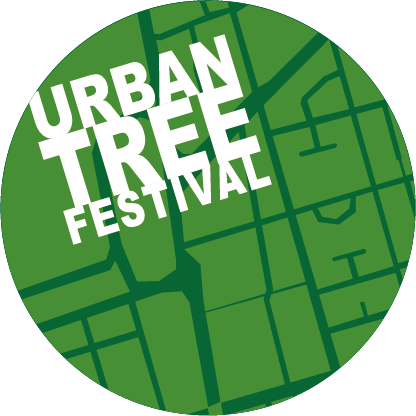Old Apples
A guest blog from the Ancient Tree Forum
Like us, trees have a natural ageing process. Signs of their progressing years, as well as scars they have picked up along the way can be read in their appearance. But these features, like a greying streak of hair, do not diminish their value. In fact, in many ways, and especially for wildlife, the importance of such trees improves over time. Wood decay is one such part of the natural ageing process of a tree and one of the many reasons we value ancient trees.
Ancient trees come in many shapes, sizes and species, but one common factor is their great age. Or is it?
Veteran trees are so named for their veteran features, but ‘ancient’ is a relative term; it really refers to their life stage, which is influenced by their age, but accounts for their potential age. Whilst our oak trees get absolutely enormous and can live for a thousand years, other, less conspicuous tree species don’t reach those lofty ages but what they can do is reach veteran and even ancient status a lot faster.
The beautiful but very rare Noble chafer beetle, the larvae of which exists almost exclusively in the decaying heartwood of old but living fruit trees. Photo by Matt Smith.
Fruit trees like apple, pear and plum are ‘live fast die young’ trees, and unusually for hardwood species, develop fantastic veteran features at a very early age, from about 40 years old in fact. These features, particularly the hollowing trunks, are astoundingly valuable for wildlife; housing bat and birds, but also a whole suite species specialising in the glamorous world of decaying wood. Some which are now among our rarest and most threatened species. Unfortunately, perhaps due to their diminutive size and age, veteran apple trees are still regularly overlooked and undervalued.
The habitat they provide may be fleeting compared with that of longer lived trees, but this can be a strength as well as a weakness. An oak tree may live for centuries longer than an apple, but it can take a few hundred years for an oak to develop any interesting decay, the kind a fruit tree can create in a fraction of the time. In this way, fruit trees can be used to provide habitat continuity - an apple tree can be planted to provide near-instant wood decay, ready to adopt the menagerie of creatures a dying ancient tree would otherwise render homeless if there are no other suitable trees nearby.
View from a seriously hollowed apple tree, still alive, well and cropping!
And while orchards of fruit trees may bring halcyon images of rural countryside to mind, orchards also have a great history in and around urban areas, including London. Old maps show orchards all over the city, there are many apple varieties named after the area they originated, (Merton delight, Hounslow wonder, Pinner seedling) and even areas of London named after the fruit they were famous for growing (Perivale, Plumstead).
The glamorous life of an orchard enthusiast - searching for evidence of the rare noble chafer beetle in an apple tree rot hole.
Unfortunately, the penchant (sensible at the time) for growing fruit trees around urban areas has contributed to their downfall. As villages, towns and cities alike have expanded, the traditional orchards flanking their outskirts have given way to housing. Some of the more sympathetic builds have occasionally left the odd tree in place, so you next see an old fruit tree somewhere unexpected, think about how it might have got there, what amazing creatures it may be refuge to, and perhaps even check out an old map to see whether this may be the last relict of an old traditional orchard.
Dead wood in trees may look scary, but it is part of the natural ageing process and does not necessarily mean that a tree is in poor health. Rot holes and hollowing trunks like this are actually some of the most treasured habitat in an orchard.
Old maps show the extent of orchards in and around London. Most are now long gone but road names such as ‘orchard close’, ‘pears road’ or ‘cherry lane’ can give clues to what grew there before. The National Library of Scotland website offers a fantastic side-by-side view of old maps and aerial images to explore.






